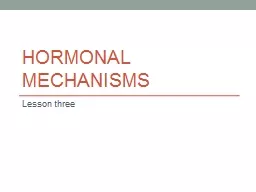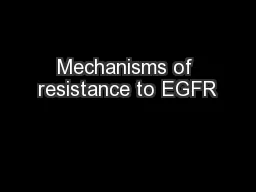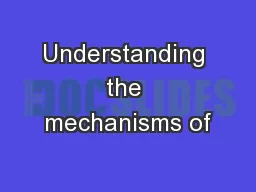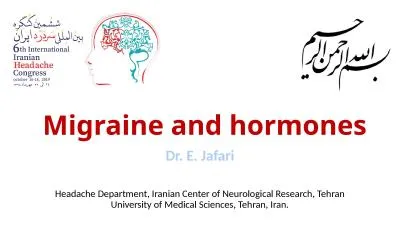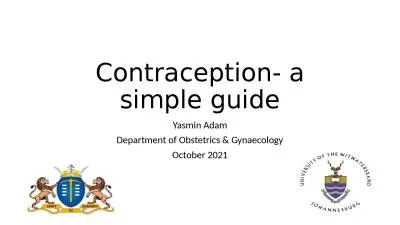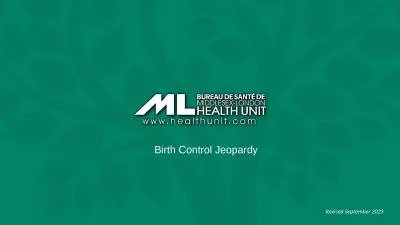PPT-Hormonal Mechanisms
Author : ellena-manuel | Published Date : 2017-12-16
Lesson three Neural mechanisms How does the research support the NM theory Crockett et al 2008 carried out a repeated measures experiment on 20 participants In
Presentation Embed Code
Download Presentation
Download Presentation The PPT/PDF document "Hormonal Mechanisms" is the property of its rightful owner. Permission is granted to download and print the materials on this website for personal, non-commercial use only, and to display it on your personal computer provided you do not modify the materials and that you retain all copyright notices contained in the materials. By downloading content from our website, you accept the terms of this agreement.
Hormonal Mechanisms: Transcript
Download Rules Of Document
"Hormonal Mechanisms"The content belongs to its owner. You may download and print it for personal use, without modification, and keep all copyright notices. By downloading, you agree to these terms.
Related Documents

